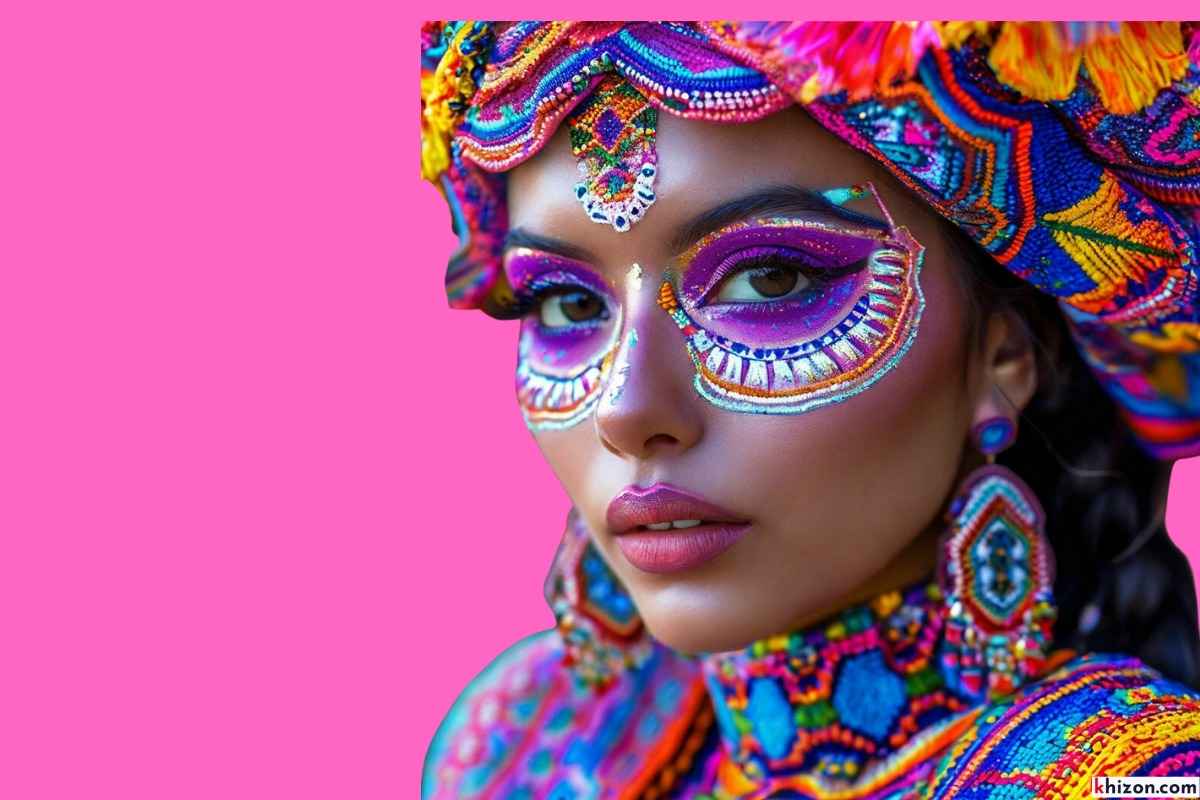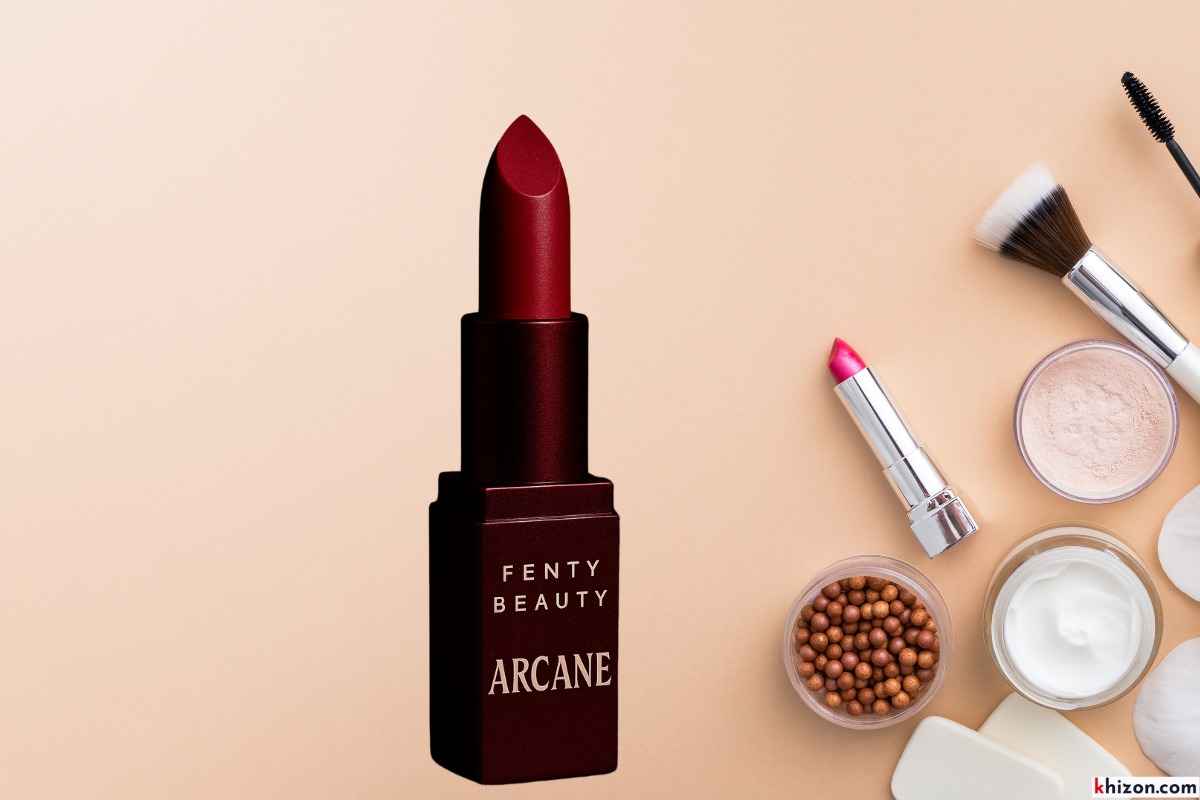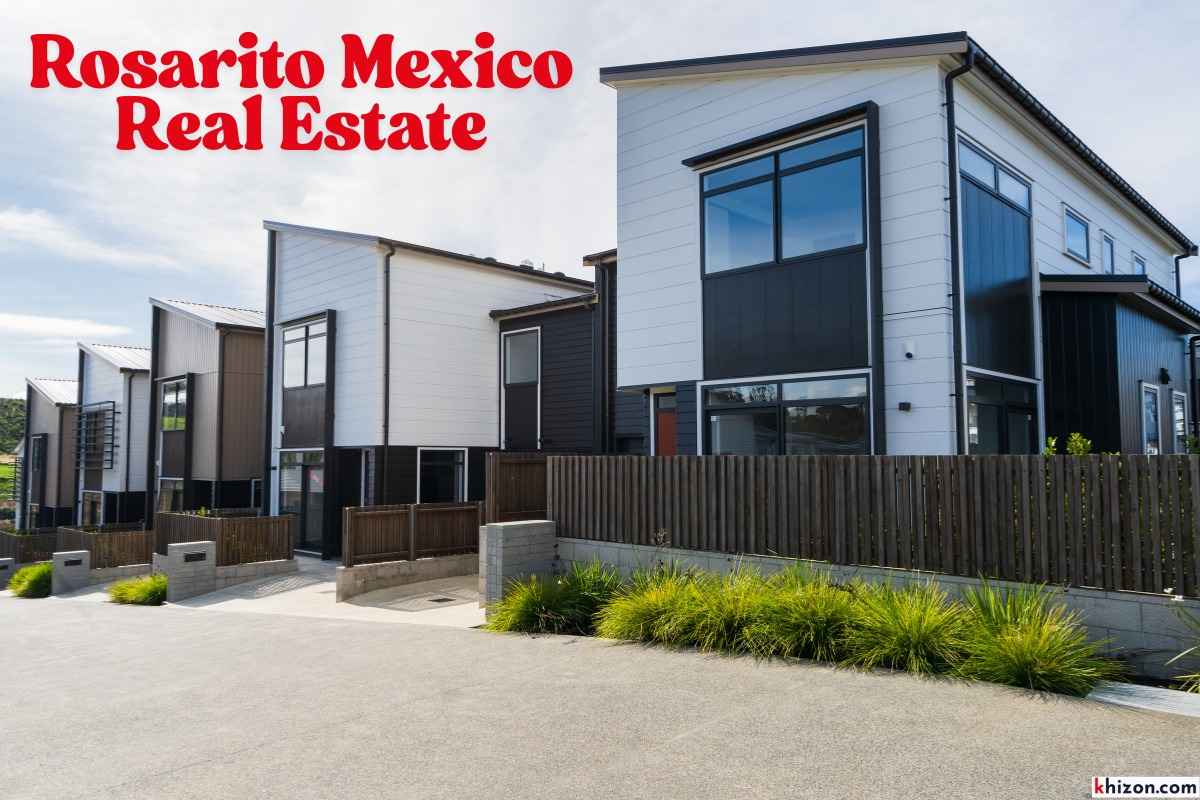
The Philippines ethnic makeup reflects a fascinating blend of cultures, influences, and traditions. From the indigenous groups scattered across Luzon, Visayas, and Mindanao to the Spanish, American, Chinese, and Malay traces embedded in the population, this cultural tapestry impacts everything from fashion and beauty standards to seasonal styling and self-expression. In this guide, we’ll explore the ethnic diversity of the Philippines while sharing seasonal beauty routines, outfit coordination tips, and affordable style advice suited for all body types and occasions.
Understanding the Philippines Ethnic Makeup

The Philippines ethnic makeup is a rich mix of over 100 ethnolinguistic groups, creating a nation where no single culture dominates entirely. While most Filipinos identify as Tagalog, Cebuano, Ilocano, Bisaya, Hiligaynon, Bicolano, or Waray, the population also includes indigenous peoples like the Aeta, Igorot, Lumad, and Mangyan, each preserving unique customs, clothing, and beauty practices. This diversity informs how people view beauty, style, and identity across regions.
A Cultural Mosaic of Identity
The Philippines’ strategic location made it a melting pot of migration and colonization. Malays were among the earliest settlers, followed by Chinese traders, and later colonization by Spain and the United States. This historical layering has shaped skin tones, facial features, and hair textures, all influencing contemporary Filipino beauty and fashion trends. A mestiza aesthetic—light skin, sharp noses, and smooth hair—is still idealized in media, but a growing pride in indigenous roots is reshaping norms.
Adapting Beauty Routines by Season
The Philippines experiences two main seasons—wet and dry—but each season demands a shift in skincare, makeup, and haircare routines. Understanding the Philippines ethnic makeup helps create routines that work with diverse skin types and textures, especially given the archipelago’s tropical climate.
Dry Season (December to May)
The dry season is hot, humid, and sun-intensive, making SPF a year-round but especially crucial staple. For Filipinos with deeper skin tones, hyperpigmentation is a concern, and using sunblocks with niacinamide or licorice root can help brighten while protecting the skin. Lightweight moisturizers, oil-free foundations, and waterproof mascara are best for makeup longevity.
Expert Tip:
Use tinted sunscreens to even out skin tone while offering sun protection—especially helpful for morena (medium to deep-skinned) Filipinas.
Wet Season (June to November)
The monsoon season brings cooler winds, rain, and humidity, often causing hair frizz, breakouts, or dullness. Those with wavy or coiled hair textures, especially from indigenous groups with Afro-Asian heritage, benefit from sulfate-free shampoos and deep conditioners to combat moisture loss.
Skincare Advice:
Use serums with hyaluronic acid to trap moisture and switch to creamier moisturizers. Avoid heavy makeup—tinted balms and light coverage foundations prevent cakey looks.
Philippines Ethnic Makeup: Regional Influences in Style

The Philippines ethnic makeup influences beauty and fashion choices in every region. From Luzon to Mindanao, you’ll notice unique fabrics, textures, and colors. Each group brings a different flair to everyday looks. This makes Filipino fashion deeply personal and diverse. People dress based on culture, climate, and comfort. The variety in the Philippines ethnic makeup is what makes Filipino style so rich.
Understanding the Philippines ethnic makeup helps when choosing what to wear. In Baguio, layering is common because of the cool air. In Cebu, light dresses and bold prints rule. Traditional patterns from different ethnic groups inspire today’s fashion. Each outfit tells a story. The Philippines ethnic makeup continues to shape seasonal trends. Whether it’s casual wear or cultural dress, heritage shines through
Philippines Ethnic Makeup: A Diverse Style Guide

The Philippines ethnic makeup is a blend of many groups. Each one brings unique beauty and fashion ideas. From the Tagalog to the Lumad, styles vary. Hair textures, skin tones, and traditions differ. That makes local fashion exciting. This Philippines ethnic makeup also shapes makeup choices. Morenas use warm tones. Mestizas go for cool shades. The mix leads to diverse beauty trends.
Fashion reflects the Philippines ethnic makeup too. Indigenous groups wear bold prints. Urban youth mix Western and local style. Dry season calls for airy clothes. Rainy season needs light layers. Accessories match traditions and trends. The Philippines ethnic makeup is rich and expressive. It brings beauty from every island. Embrace your ethnic style with pride.
Traditional Style by Ethnic Group
| Ethnic Group | Common Features | Style Influence |
|---|---|---|
| Tagalog | Medium skin, straight hair | Barong Tagalog, floral prints |
| Igorot | Fair skin, strong features | Woven skirts, feather accessories |
| Aeta | Curly hair, deep skin | Minimalist style, earth-tone fabrics |
| Maranao | Olive skin, sharp features | Colorful malong, gold jewelry |
| Ilocano | Tan skin, fine features | Simple cuts, functional fashion |
Seasonal Fashion Trends Across Regions
Dressing in the Philippines requires creativity and comfort, with climate and ethnicity both shaping preferences. Regional variation in textiles and silhouettes often reflects ethnic origin—think of the Mindanaoan malong or the Cordilleran woven skirts. Blending tradition with modern fashion is key to expressing both individuality and cultural pride.
Hot Season Trends
Loose, breathable fabrics like cotton, linen, and light knits dominate during the summer months. Bright tropical prints inspired by the island landscape remain timeless, while crop tops, flowy skirts, and pastel palettes suit all body types.
Fashion Advice for All Sizes
Choose vertical stripe patterns and high-waist pants to elongate your figure and provide comfort in the heat. Belted waists flatter curvier figures and bring a structured look to breezy dresses.
Rainy Season Looks
Layering is essential during the wet season. Water-resistant jackets, chic trench coats, and stylish boots become both functional and fashionable. Choose neutral tones like olive, taupe, and navy that go well with everything.
Outfit Coordination Tips for Diverse Body Types
Filipino bodies range from petite to full-figured due to genetic variation in the Philippines ethnic makeup, so personalized styling is essential. Outfit coordination should embrace rather than hide body types.
Petite Frames
Go for monochrome outfits or high-waist pants to elongate your legs. Cropped jackets and tucked-in tops define your silhouette. Avoid oversized pieces that overwhelm your figure.
Full-Figured Shapes
Opt for wrap dresses, A-line skirts, and V-necklines to highlight curves gracefully. Avoid clingy fabrics, but don’t hide behind shapeless layers—tailored fits offer the best of both style and comfort.
Seasonal Hack
Use seasonal accessories like wide-brimmed hats in the dry season or stylish scarves in the rainy months to pull together any look.
Accessorizing for Every Occasion
Accessories bring personality to any outfit, and the Filipino market is brimming with local, affordable, and ethnically inspired options.
Traditional Meets Modern
Indigenous jewelry like the Kalinga’s brass bangles or the T’boli’s beaded necklaces can elevate a simple dress. These items don’t just accessorize—they honor cultural heritage. Look for ethically sourced pieces from local artisans.
Everyday Essentials
For casual days, layer minimalistic gold jewelry with denim and tees. For office settings, structured bags and polished leather shoes offer instant elevation.
Quick Tip:
Rotate accessories by season—sunglasses and straw totes for summer, leather clutches and closed-toe flats for the rainy season.
Affordable Beauty and Fashion Finds in the Philippines
While international brands are popular, local Filipino products provide affordable, high-quality alternatives suited for the local climate and skin types.
Top Budget Beauty Picks
-
Ever Bilena and Careline are beloved for their inclusive shade ranges and long-lasting formulas.
-
Human Nature offers cruelty-free skincare made for tropical skin, especially useful during the hot season.
Fashion Finds for Less
Local brands like Penshoppe, Bench, and H&M Philippines release seasonal collections aligned with global trends at accessible prices. Thrift markets (ukay-ukay) offer unique vintage pieces for fashion lovers on a budget.
Common Beauty and Fashion Mistakes to Avoid
Despite the beauty of Filipino diversity, many still follow outdated beauty standards or over-style their looks.
Overuse of Whitening Products
Due to colonial influence, lighter skin is still idolized in some areas. However, embracing your natural tone and using products that highlight rather than change it leads to better skin health and confidence.
Misfitting Outfits
Wearing clothes that don’t flatter your body shape or size creates discomfort and lowers self-esteem. Learn what works for you and avoid blindly following trends.
Mistake Alert:
Avoid piling on too many accessories or mismatching seasonal pieces (e.g., suede boots during a humid summer). Let your outfit breathe.
Embracing Identity Through Fashion and Beauty
The Philippines ethnic makeup isn’t just about history—it’s an invitation to express culture, pride, and personality through beauty and style. As Filipino youth become more empowered and culturally aware, there’s a notable rise in embracing natural curls, morena skin, traditional clothing, and regional crafts in everyday fashion.
Fashion and beauty are no longer tools for assimilation—they are expressions of empowerment, inclusivity, and identity.
Conclusion: Style That Celebrates Every Filipino
The Philippines ethnic makeup is a celebration of diversity, and it should be mirrored in how Filipinos care for themselves and express their style. Whether you’re revamping your beauty routine for the season, picking the perfect accessory for a special event, or choosing a wardrobe that celebrates your curves, remember that style is personal, but it also reflects culture and confidence. From the rice terraces of Ifugao to the beaches of Palawan, every Filipino deserves to look and feel their best year-round.






